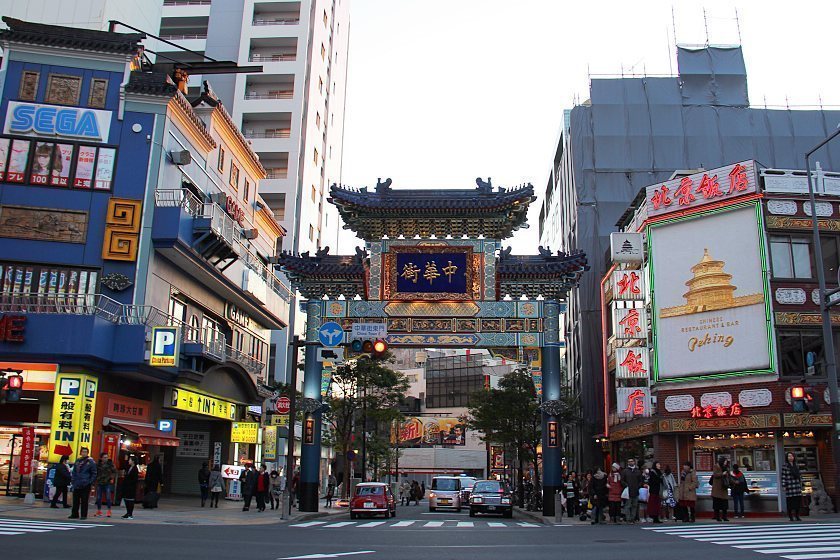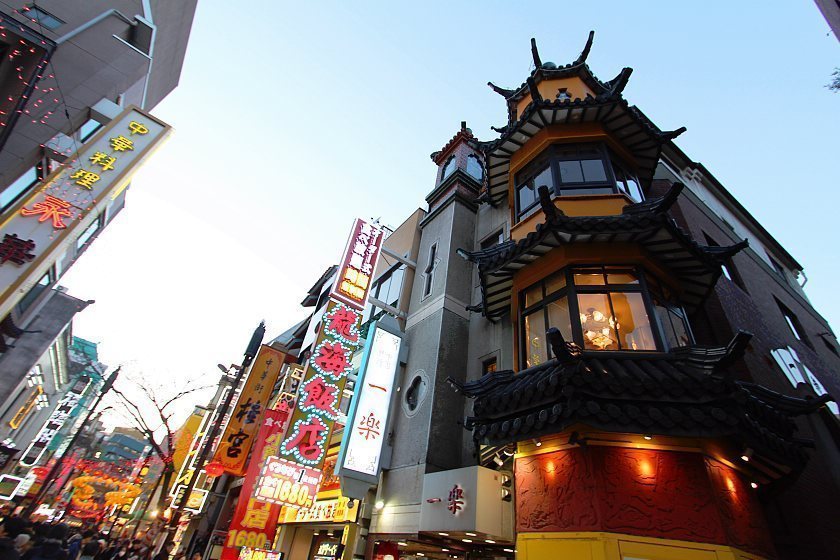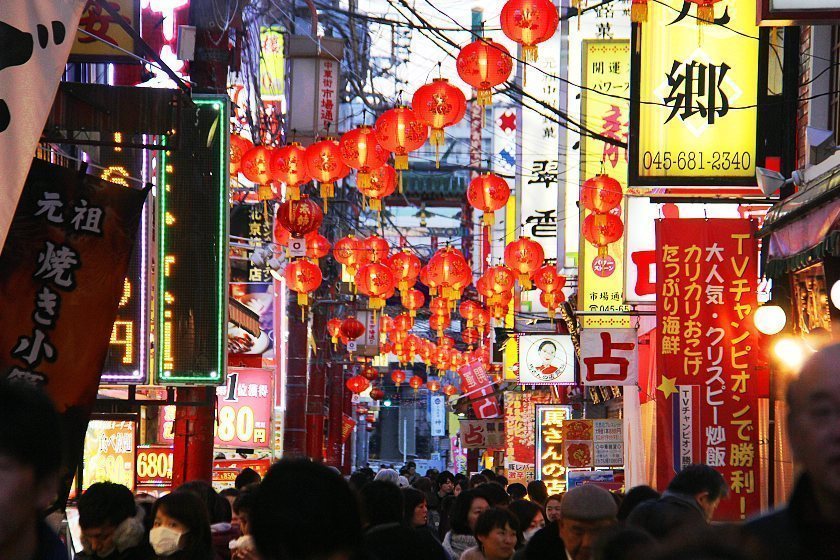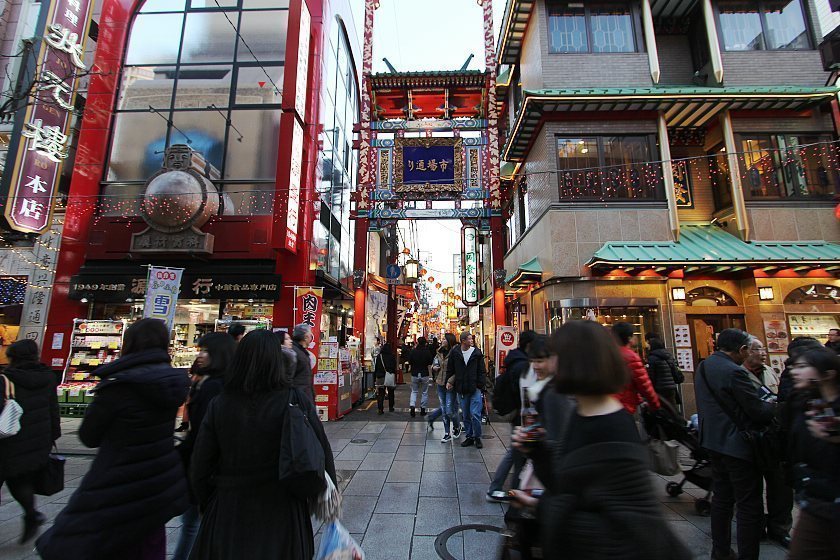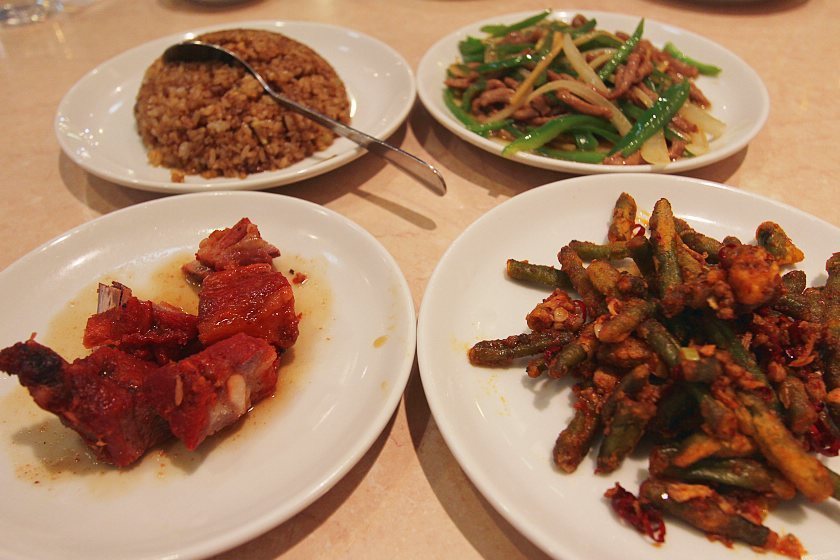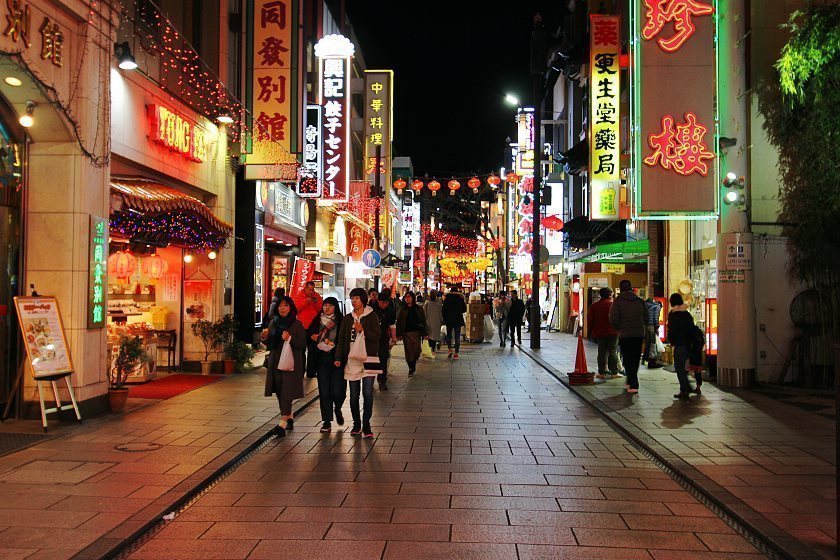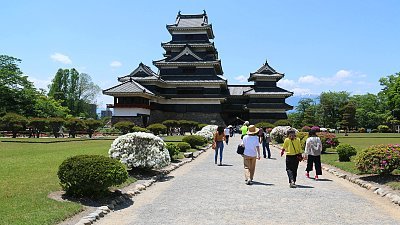A Stroll Through Yokohama
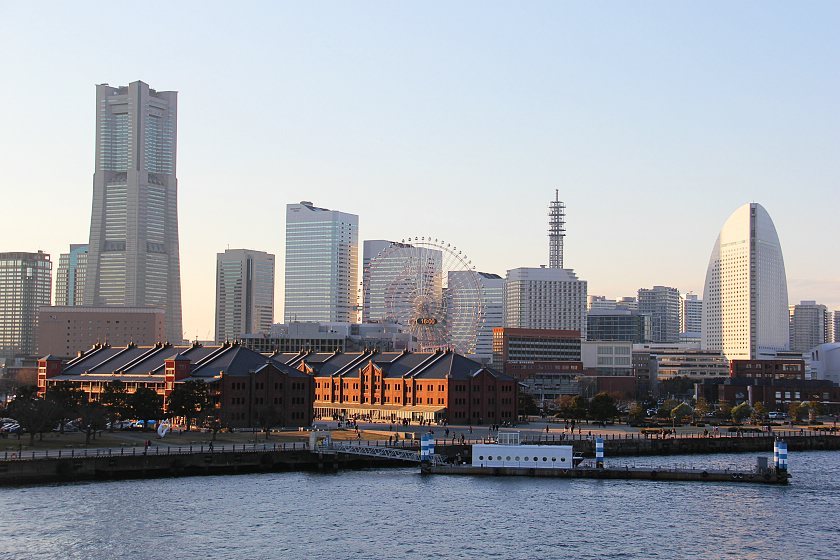
A Stroll Through... is a series in which we take a stroll through towns, cities, villages and neighborhoods around the country to uncover some of Japan's gems. Following the first installment of the series in which we took a walk through Kawagoe in Saitama Prefecture, today it was time to explore beautiful Yokohama.
Standing as Japan's second largest city and reachable by train in less than an hour from central Tokyo, Yokohama began as a humble fishing village, only to change towards the end of the Edo Period when Japan's era of isolation came to an end and Yokohama was opened as an international port in 1859. In the years that followed, Yokohama swelled to soon become a one of the country's largest and most important metropolises.
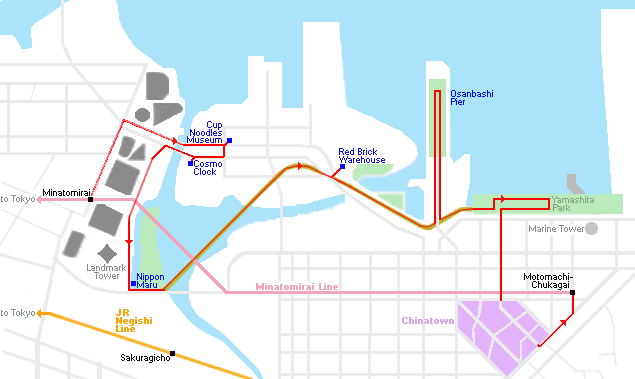
With much of its growth and success linked to maritime trade, it is only fitting that many of modern day Yokohama's main attractions are located close to the water. In addition to Minato Mirai 21 (lit. "Future Harbor 21"), an extensive shopping and entertainment district developed around the site of an old shipping yard, the area boasts beautiful green spots with breathtaking views, not to mention Japan's largest and most exciting Chinatown. With all this going on in such a small area, I was eager to begin my stroll through this great city by the sea.
I arrived in the morning at Sakuragicho Station in the heart of Yokohama's downtown area and made the short walk to the Minato Mirai 21 area and the first attraction on today's hit list, Yokohama Cup Noodles Museum.
Instant noodles are ubiquitous in Japan, having grown to be hugely popular here and elsewhere since their invention by Ando Momofuku in the 1950s. This museum is dedicated to the on-the-go snack and the Cup Noodles brand that Ando founded, and has since become a must-visit attraction for noodle lovers finding themselves in the area. The large, modern complex not only boasts exhibition spaces which tell the story of the noodles and the man behind them, but also a dining space and areas where visitors can tailor-make their own Cup Noodles.
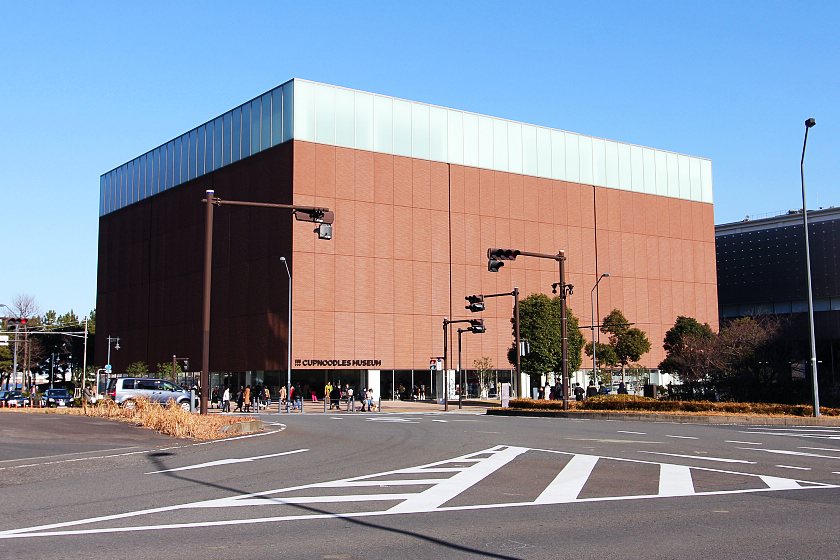
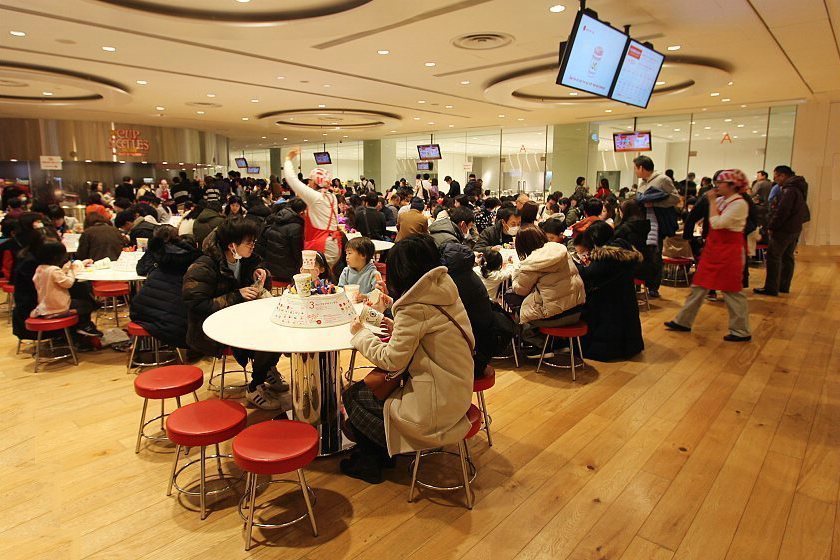
Upon arrival I immediately made my way to the My Cupnoodles Factory area to make my own pack of Cup Noodles. The first step of the process is to decorate the carton, and for this visitors sit down at a table where felt tips are provided. Ever the budding artist, I took my time to decorate my cup in a way that, while not necessarily winning me a job as Cup Noodles' new packaging designer any time soon, made for a good first effort, I think.
Following this it was time to choose from a large selection of ingredients which to be included in my noodles. After careful consideration, I went with shrimp, kim chi and egg with original sauce in what I hope will turn out to be a delicious snack!
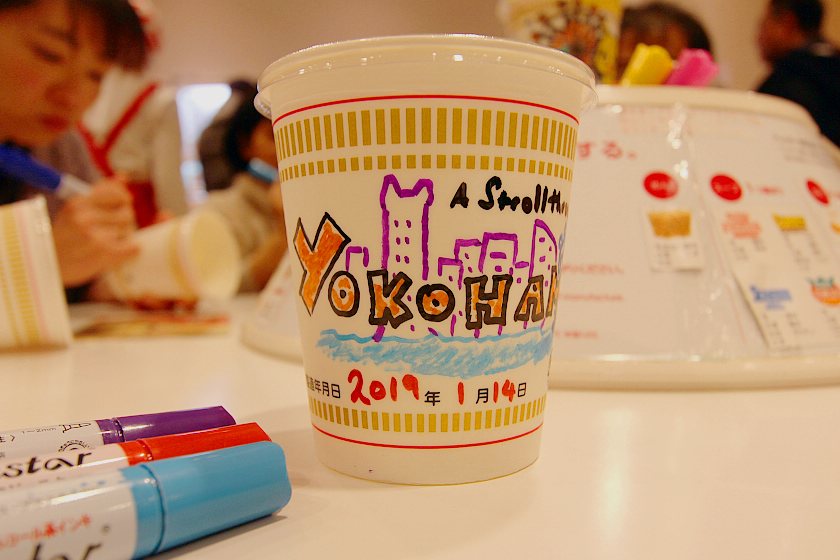
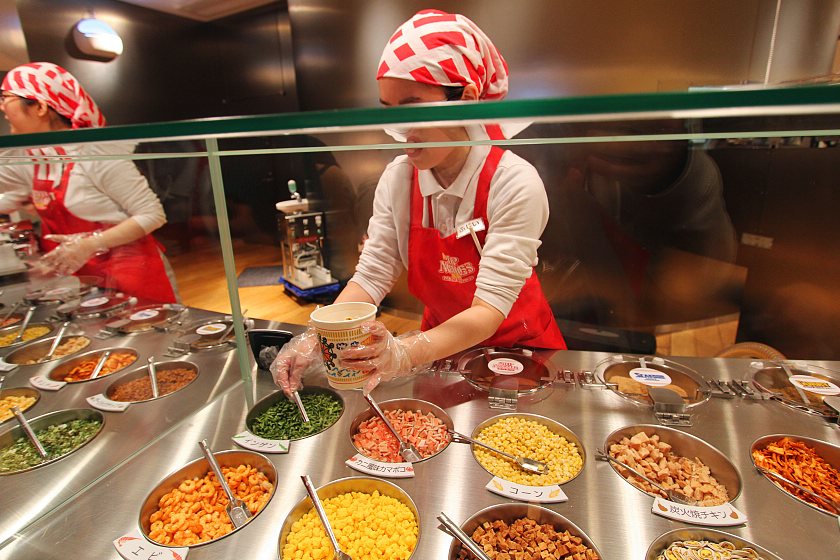
My instant noodles were finally sealed and mine to take home. Sliding the crunchy creation into my bag, I became acutely aware that all this focus on flavors had triggered my appetite! Unfortunately I didn't have any hot water on hand to brew my noodles, so I made my way up to the complex's Noodles Bazaar food area. This attractive area purveys noodle-based dishes from different countries, with each being served from a faux "building" emulating the architecture of the origin country.
Add to this rows upon rows of tables and plastic stools, and you have an atmospheric and great smelling food court that takes on the feel of a Southeast Asian food market. Eventually I decided on two half-size dishes, one of Chinese Lanzhou Beef Ramen, and the other of Pho, and washed them both down with Chinese Tea. The meal was a delectable and well-done celebration of noodles that left me satiated and raring to get on with the day's adventure.
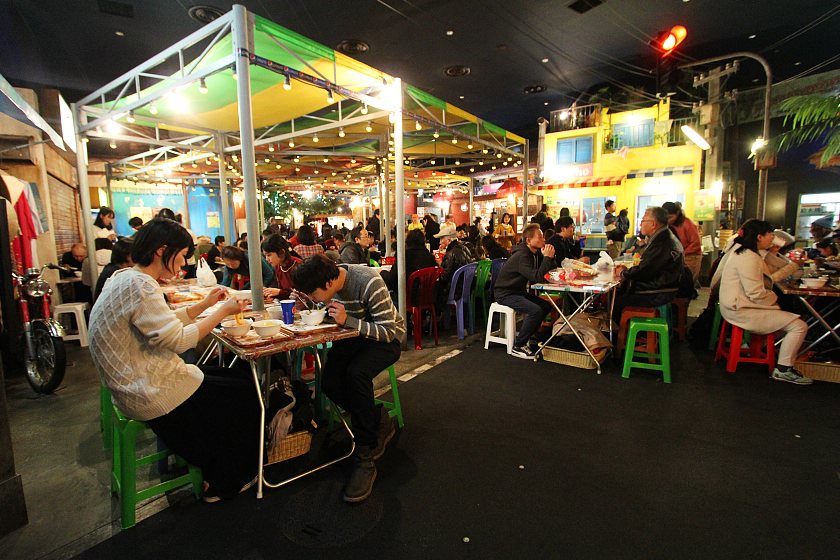

Before leaving, I made time to check out the museum's various exhibits which recount the story of the development of instant noodles and the Cup Noodles brand. I particularly enjoyed the Instant Noodles History Cube, which exhibits a chronological display of instant noodle packages from the 1950s up to the present day.
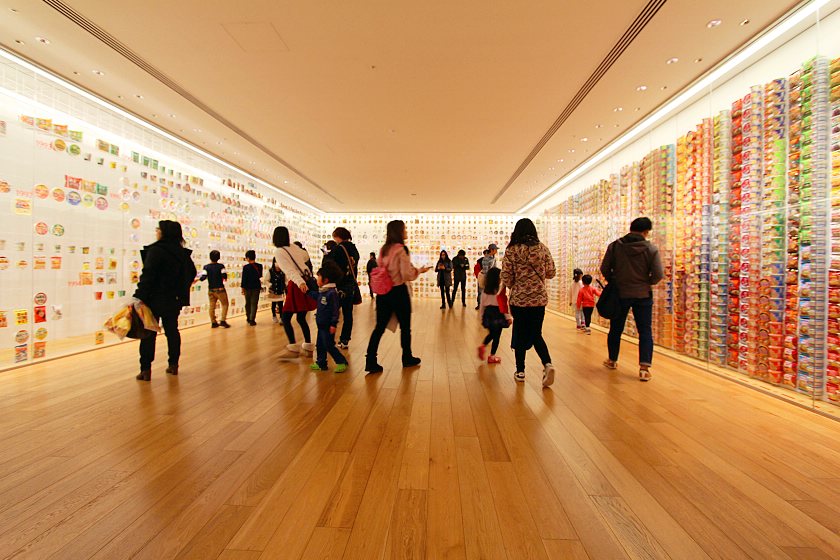
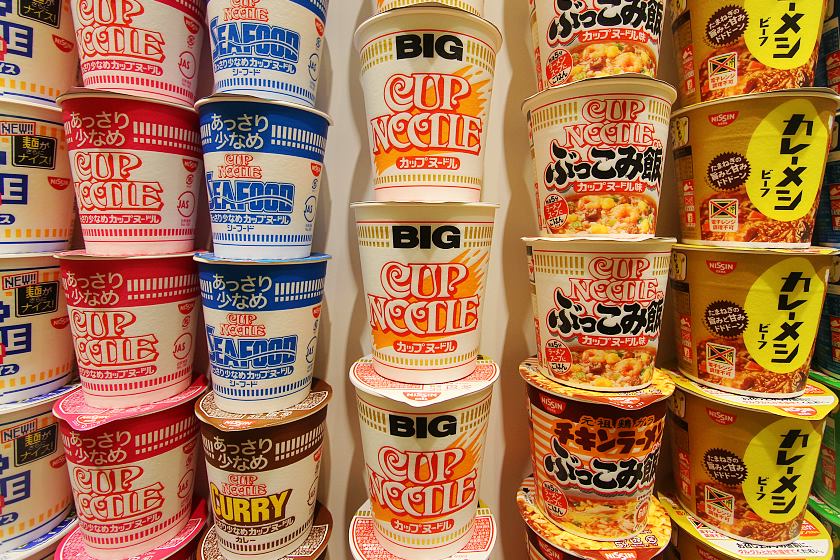
Following all this excitement, I exited the museum and made the short journey across the road to arrive at the next attraction on my agenda, Cosmo World. This small theme park in the center of Minato Mirai 21 is free to enter, allowing visitors to pay for individual rides.
In particular, I was eager to take a ride on the park's iconic Cosmo Clock 21 ferris wheel, which, at 112.5 meters tall, holds the peculiar record of the tallest ferris wheel in the world that bears a clock. The ride was relaxing and afforded me close-up views of part of the Minato Mirai 21 skyline, as well as an opportunity to look down on the area below.
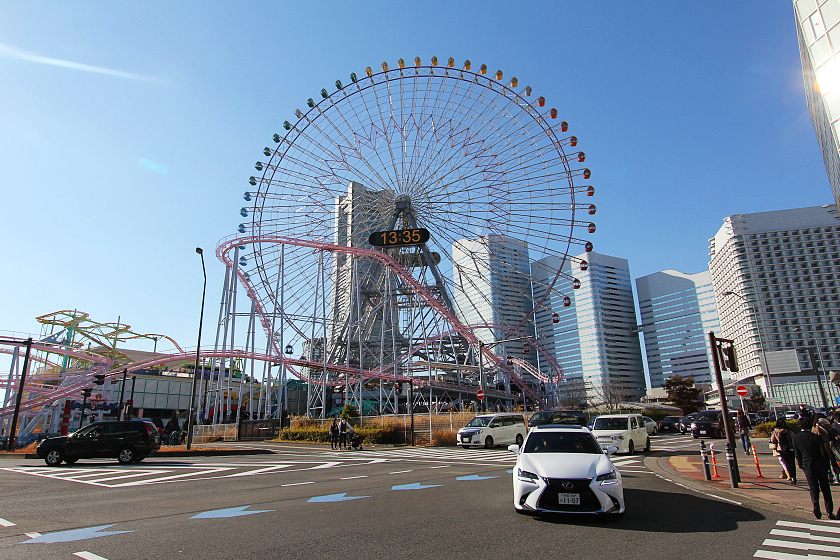

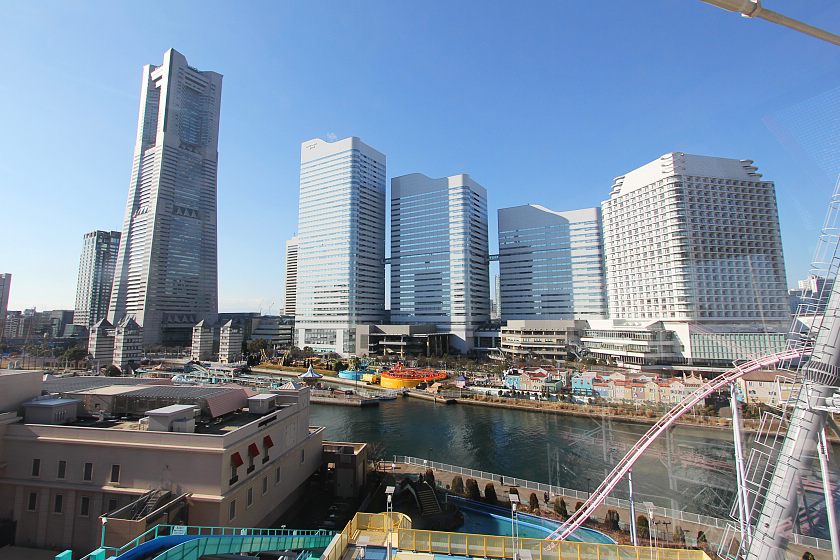
Back on terra firma, I decided to make the most out of Minato Mirai 21's charming walking paths that bisect the port and connect the Shinko District (the island on which many attractions, including the Cup Noodles Museum and Cosmo World stand) with the mainland. I accordingly strolled back in the direction of Sakuragicho Station until I reached the walking paths, and on the way passed the famous Nippon Maru.
This famous sailing boat is around 80 years old and was used to transport coal and to take demobilized soldiers home after World War II. Since then, it has been docked here for visitors to admire. The dock was recently drained so as to perform extensive repairs on the vessel, allowing her to be viewed in her entirety for the first time in two decades. I reveled in the opportunity to admire this maritime legend, and in doing so felt that much more connected to the sea-faring history of Yokohama.
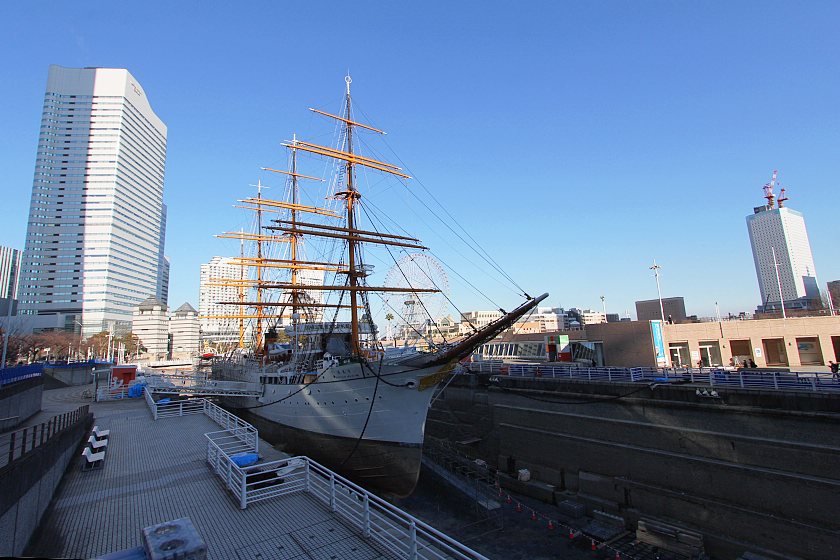

I proceeded to stroll along the charming walkways and was very much impressed by the views of the harbor and the skyline that can be had at seemingly every step. After a leisurely jaunt I arrived at Red Brick Warehouse, an old warehouse complex that served the old ship yard when it was in operation, but has since been beautifully converted into a mall containing a plethora of stylish shops, cafes and restaurants.
Happy to be momentarily escaping the cold on this brisk January afternoon, I began to explore the complex, taking in the sites of stylish accoutrements and accessories, the sound of chatter from young families and cute couples, and the delectable aromas wafting from the numerous cafes and a-la-mode eateries. In normal circumstances, all this would seem out of place in an old shipping warehouse, but here it somehow works to make for a special shopping and dining experience with an exceedingly pleasant atmosphere.
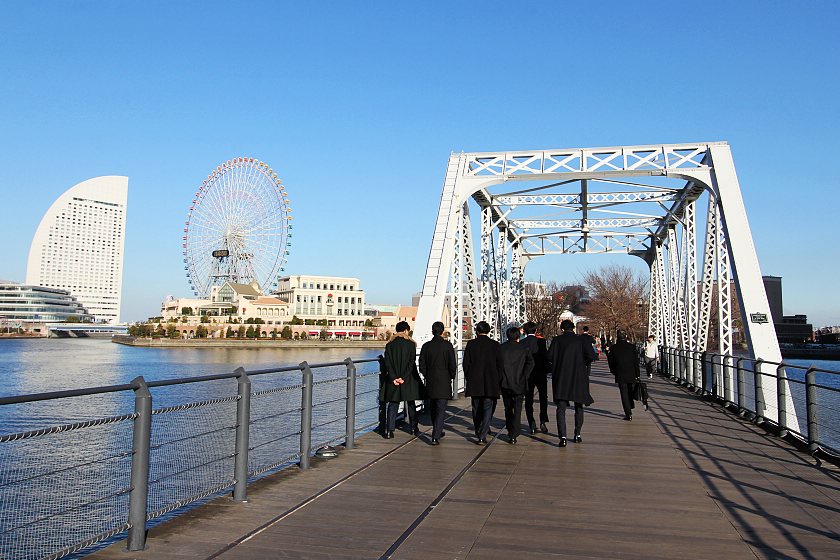
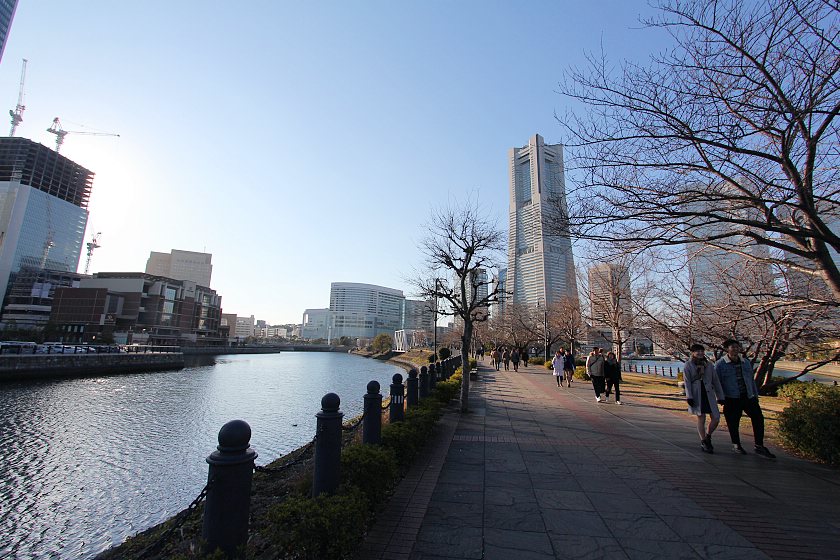
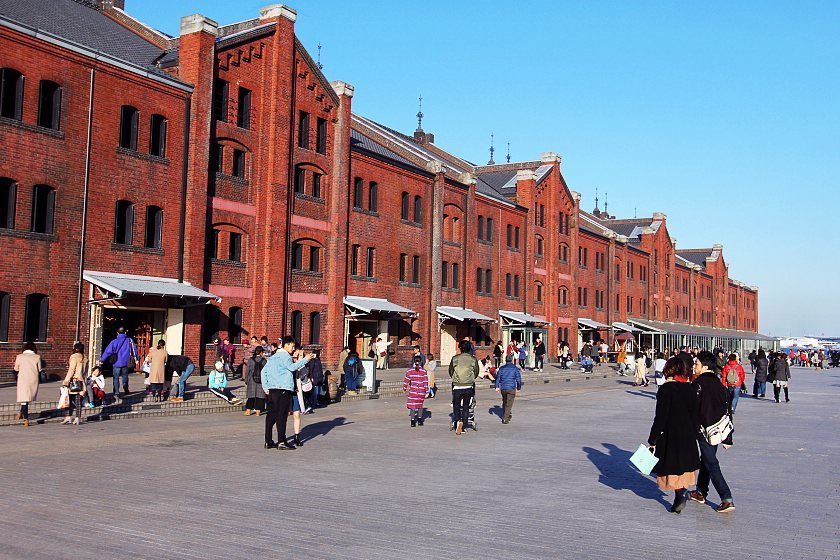
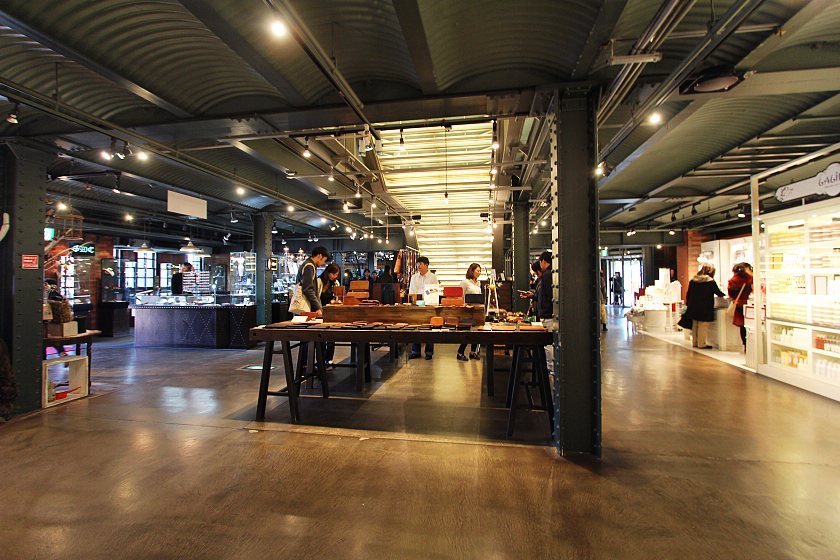
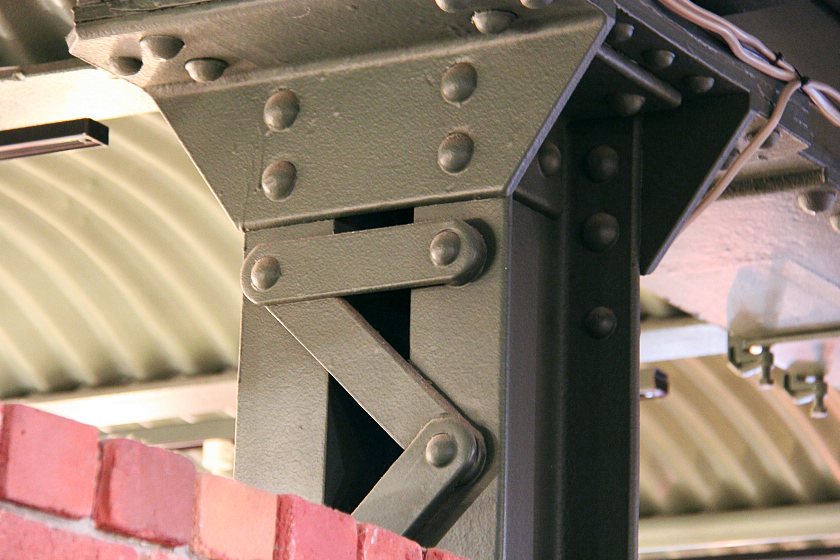
It was now approaching 4pm and the winter sun was waning as it slowly sunk towards the horizon. Long shadows were now beginning to engulf Minato Mirai 21, which meant the ideal opportunity for a great sunset view was imminent. For this I made my way to the nearby Osanbashi Pier, which serves as the terminal where international cruise ships dock when they visit Yokohama, and also boasts a pleasant relaxation space on the roof from where some of the best views of the district's iconic skyline can be had.
After walking up and down the pier, passing joggers, strolling couples and groups of friends sat relaxing as I did so, I took a few minutes to stop and take in the splendor of Yokohama's iconic skyline as the hue of the buildings faded from gold through dark shades of pink.
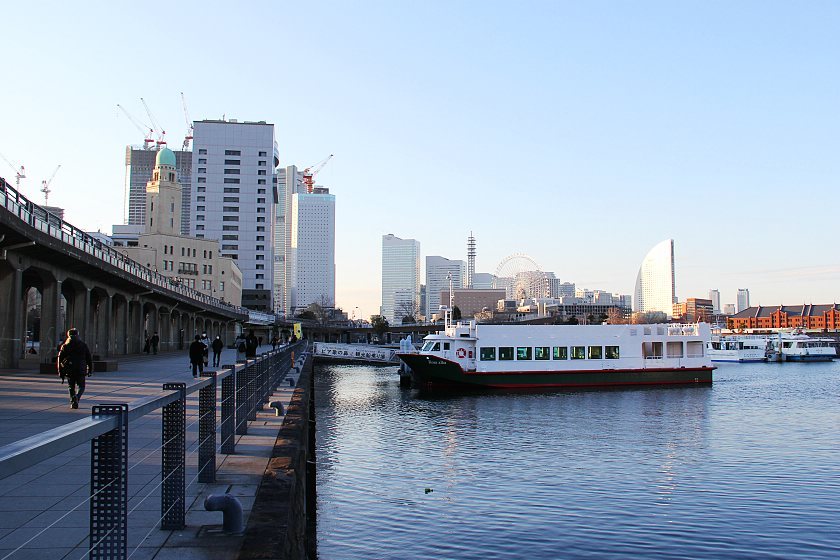
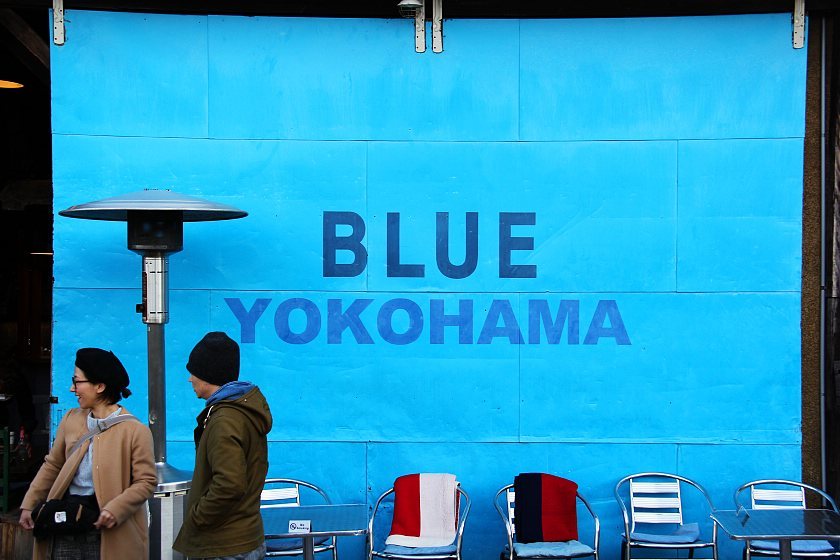
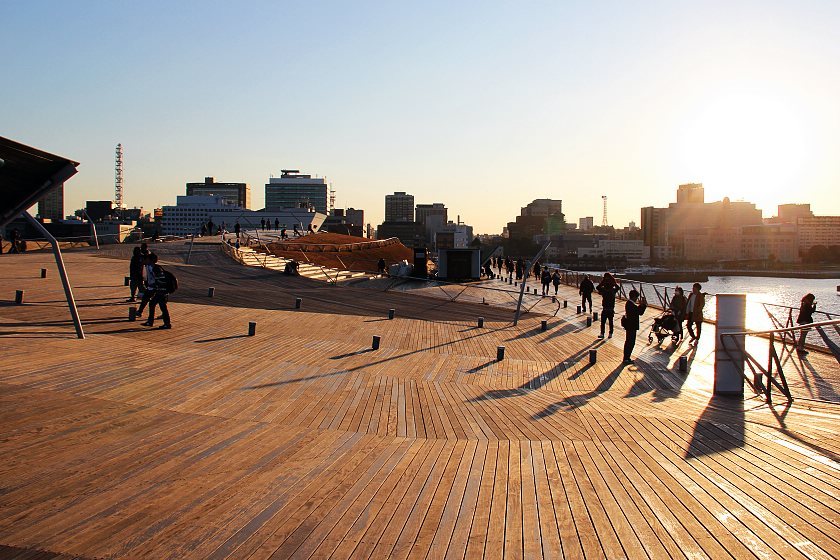
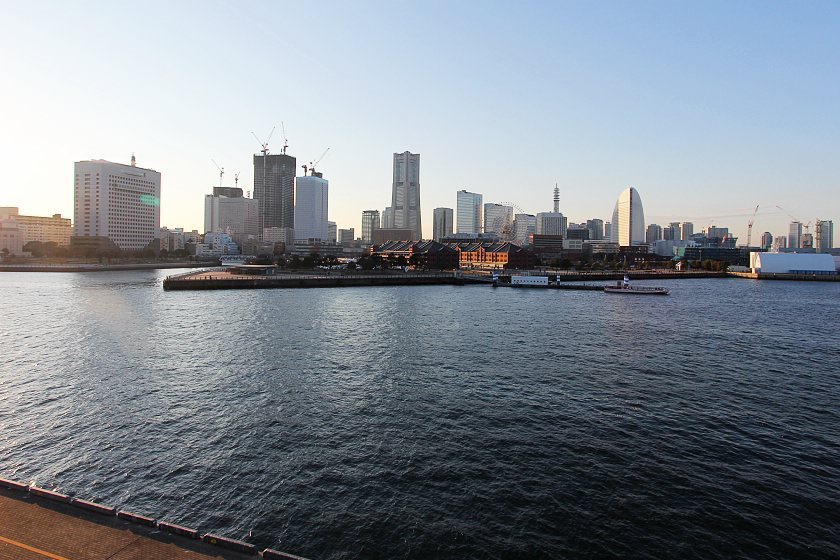
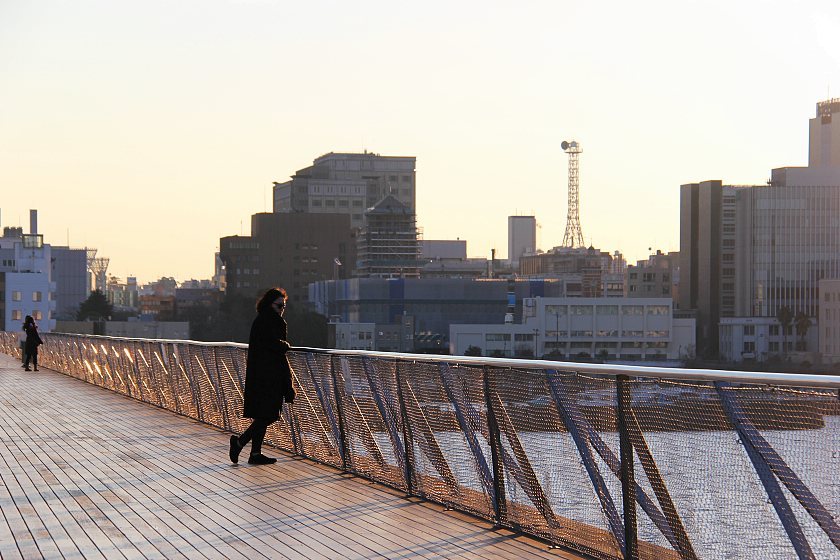
Twilight was upon Yokohama, and after taking in the views from the pier, it was time to make my way to Yokohama's famous Chinatown, but not without a stroll through Yamashita Park along the way. This popular park is comprised of green space alongside a waterfront promenade, near which the grand Hikawa Maru is docked.
This retired ocean liner served on the seas for three decades along the Yokohama to Seattle/Vancouver route and today is open as a museum for visitors to explore. Yamashita Park also offers views of the nearby Marine Tower, and various street performers eager to entertain crowds.
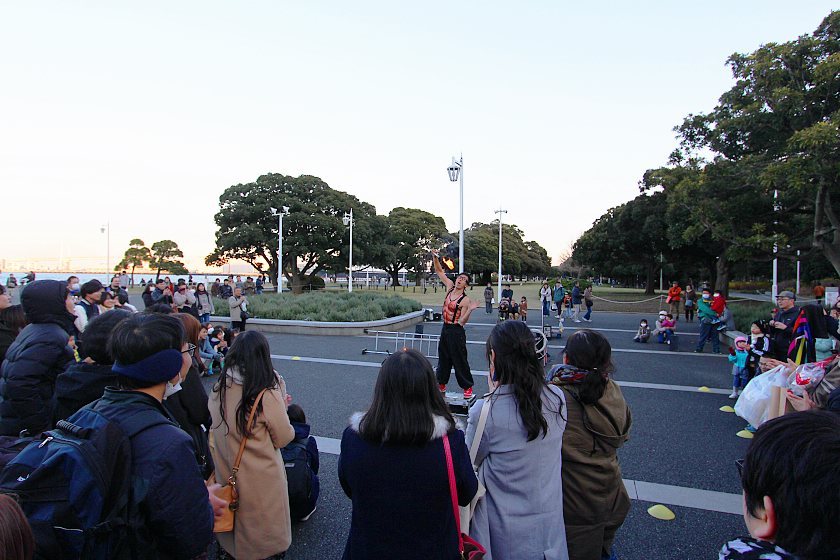

With a rumbling stomach I arrived at my final destination on this day of exciting exploration, Yokohama Chinatown. This celebrated and widely visited area came into being as the neighborhood where many of the Chinese merchants settled after Yokohama port was opened to the world in 1859. Since then it has blossomed into a highly regarded area, with its main attraction being the array of Chinese cuisine on offer.
I took a walk down Chinatown's colorful streets and delighted in taking in the bright traditional Chinese lanterns festooned from building to building, not to mention all the delicious smells seeping from within the restaurants that lined seemingly every street and alley in the district. After some time exploring, I ducked into a restaurant and enjoyed a stellar dinner started with Chinese dumplings, and followed with various delights including ribs, fried rice and deep fried morning glory. A perfect way to end a thoroughly enjoyable day strolling around this charming city, Yokohama is somewhere I'll be coming back to soon.
